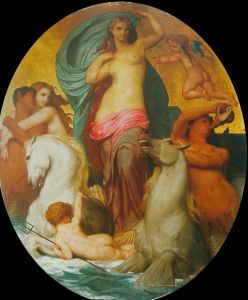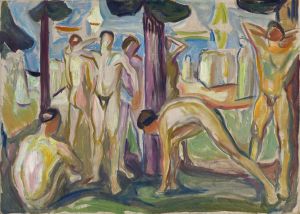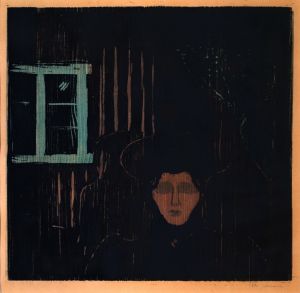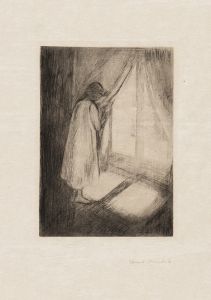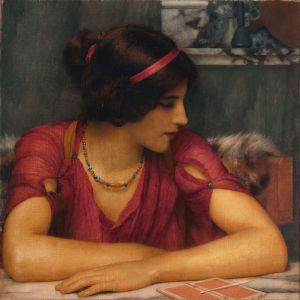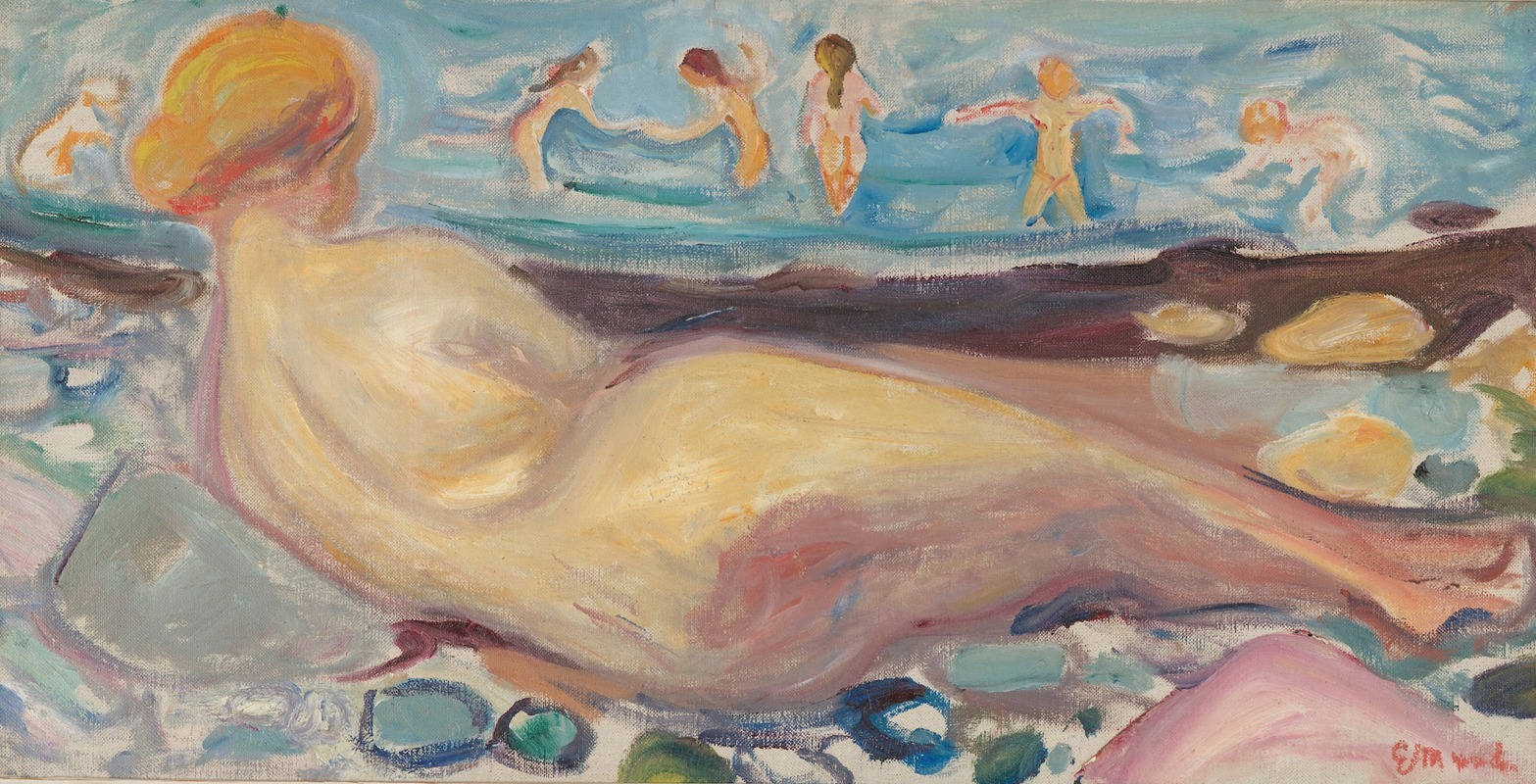
Venus
A hand-painted replica of Edvard Munch’s masterpiece Venus, meticulously crafted by professional artists to capture the true essence of the original. Each piece is created with museum-quality canvas and rare mineral pigments, carefully painted by experienced artists with delicate brushstrokes and rich, layered colors to perfectly recreate the texture of the original artwork. Unlike machine-printed reproductions, this hand-painted version brings the painting to life, infused with the artist’s emotions and skill in every stroke. Whether for personal collection or home decoration, it instantly elevates the artistic atmosphere of any space.
Edvard Munch, a Norwegian painter and printmaker, is renowned for his evocative and emotional works that often explore themes of love, anxiety, and death. One of his lesser-known works is "Venus," which reflects his unique style and thematic preoccupations.
"Venus" by Edvard Munch was created in 1904. This painting is a part of Munch's broader exploration of human emotions and psychological states, which he often depicted through symbolic and expressive imagery. Munch's work is heavily influenced by Symbolism and the broader Expressionist movement, both of which sought to convey deeper emotional truths through art.
In "Venus," Munch presents a figure that can be interpreted as the Roman goddess of love, beauty, and fertility. The painting captures the essence of Venus through Munch's distinctive use of color, form, and composition. The figure of Venus is rendered in a way that emphasizes her sensuality and allure, consistent with traditional representations of the goddess. However, Munch's interpretation is imbued with a sense of psychological complexity and emotional depth that is characteristic of his work.
The painting features bold, sweeping brushstrokes and a vibrant color palette, which contribute to the overall emotional intensity of the piece. Munch's use of color is particularly noteworthy; he often employed contrasting hues to create a sense of tension and dynamism within his compositions. In "Venus," the interplay of light and shadow, along with the rich, saturated colors, enhances the dramatic impact of the painting.
Munch's depiction of Venus also reflects his interest in the human psyche and the complexities of human relationships. The figure of Venus is not merely a symbol of physical beauty but also a representation of the deeper, often tumultuous emotions associated with love and desire. This duality is a recurring theme in Munch's work, as he frequently explored the darker, more introspective aspects of human experience.
"Venus" is part of Munch's broader body of work that delves into themes of existential angst and the human condition. His paintings often feature solitary figures set against evocative landscapes, creating a sense of isolation and introspection. This focus on the individual's inner world is a hallmark of Munch's artistic vision and contributes to the enduring power and relevance of his work.
Edvard Munch's "Venus" is a testament to his ability to convey complex emotional states through his art. The painting exemplifies his skillful use of color, form, and composition to create works that resonate on a deeply emotional level. While "Venus" may not be as widely recognized as some of Munch's other masterpieces, such as "The Scream," it remains an important part of his oeuvre and a compelling example of his artistic genius.
In summary, "Venus" by Edvard Munch is a painting that captures the essence of the Roman goddess through Munch's distinctive style and thematic concerns. The work reflects his interest in the human psyche and the complexities of love and desire, rendered with emotional intensity and psychological depth.





